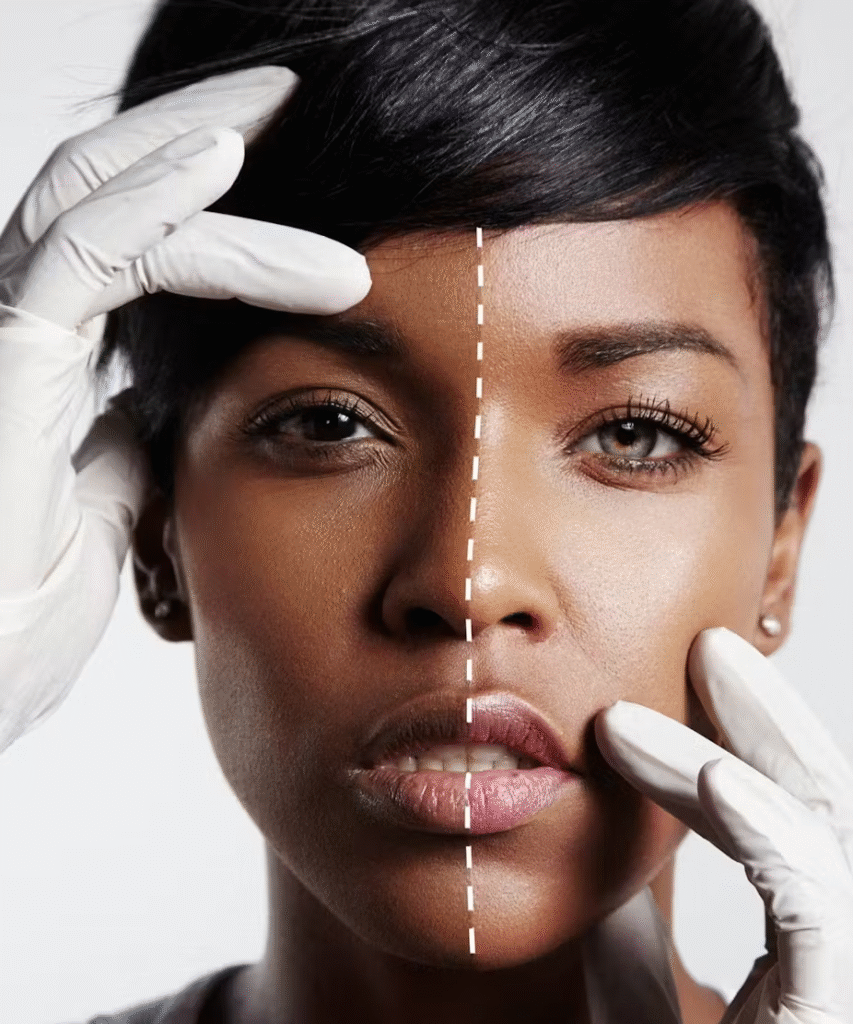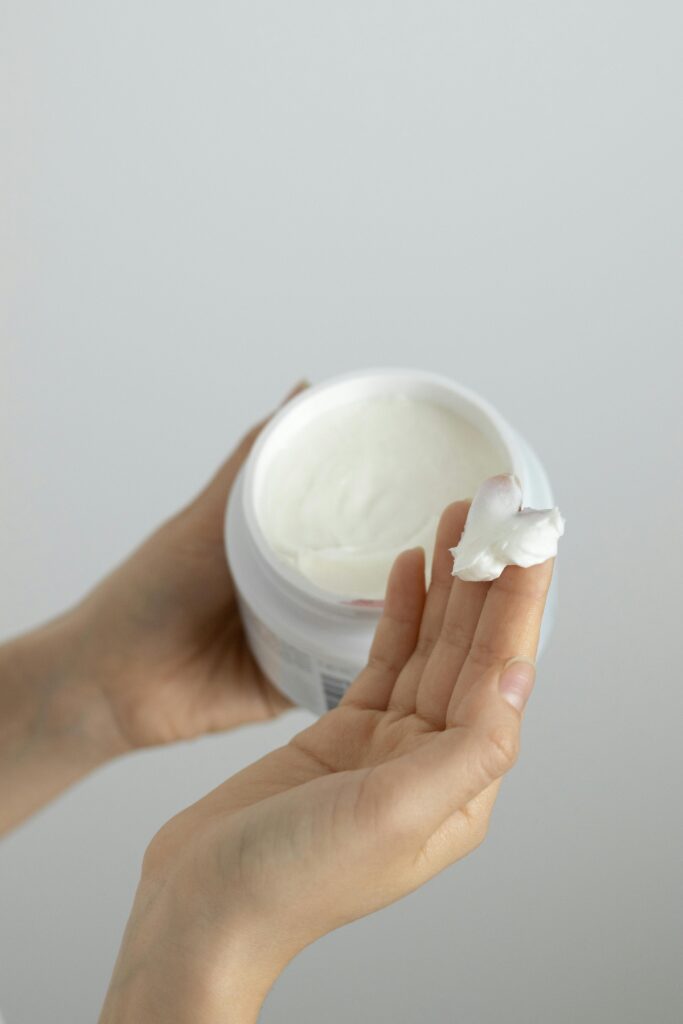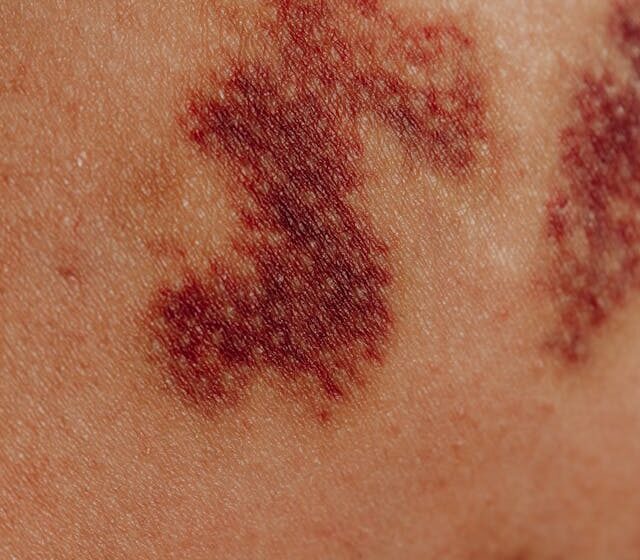Skin bleaching has remained popular amongst many young people in Ghana desperate for lighter skin tones. However, something is often overlooked, as bleaching not only has aesthetic effects, but health effects too. This article will highlight the risks associated with bleaching and why it’s a social trend many should avoid.
What Is Skin Bleaching?
Several components used in its production are harmful when used for long. Some of these include but aren’t limited to hydroquinone, mercury, and corticosteroids. In fact, according to the World Health Organization (WHO), bleaching products that contain mercury have been banned in many countries, yet Africans still use them frequently.
Common Health Hazards of Skin Bleaching

First, skin bleaching has been heavily-linked to skin damage. Some examples include irritation, allergic reactions, thinning skin and increased sensitivity. The American Academy of Dermatology Association even warns that bleaching agents like hydroquinone can cause ochronosis* when used improperly.
Moreover, mercury exposure from some products can cause poisoning, harming the kidneys and nervous system. The Centers for Disease Control and Prevention (CDC) highlights that absorbing mercury through the skin can be dangerous even at seemingly low levels.
Prolonged use of corticosteroids in bleaching creams can also weaken skin integrity and suppress the immune system locally. This can lead to infections and slow wound healing.
The Psychological and Social Impact
Beyond bodily harm, bleaching can also affect mental health. The Journal of Cosmetic Dermatology reports that skin bleaching may fuel body image issues and reinforce harmful societal color biases. This is important because discrimination based on skin tone is a recurring problem in Ghana, affecting self-esteem and social relations.
Why Is Skin Bleaching Still Popular?
In spite of these dangers, bleaching continues, likely due to ingrained beauty standards. Media and advertising often favour lighter skinned models and influencers. This unconsciously paints light skin as a symbol of beauty and success. UNICEF Ghana highlights how youth and women are especially vulnerable to these influences.

Safer Alternatives and Awareness
Thankfully, awareness about the risks of skin bleaching is growing. Dermatologists recommend embracing natural skin tones, while using sunscreen to protect and maintain healthy skin. The American Academy of Dermatology encourages people to avoid harmful bleaching products and focus on skin health instead.
In Ghana, the Ghana Health Service plays a key role in this by running campaigns to educate the public on safe skincare.

Conclusion
In conclusion, skin bleaching carries serious health hazards—physically, mentally, and socially. The chemicals used can cause lasting damage, and societal pressures that drive this practice often harm self-esteem. Therefore, it is vital for Ghanaians to recognize the dark truth behind skin bleaching and prioritize safe, natural beauty for healthier lives.
*Ochronosis is a blue-black darkening of the skin.
Join Inside Success Ghana today as we embark on a mission to provide essential training and education to young people. If you enjoyed this article you can read other articles here. Visit our website and subscribe to get access to educative worshops and webinars




Leave a Reply